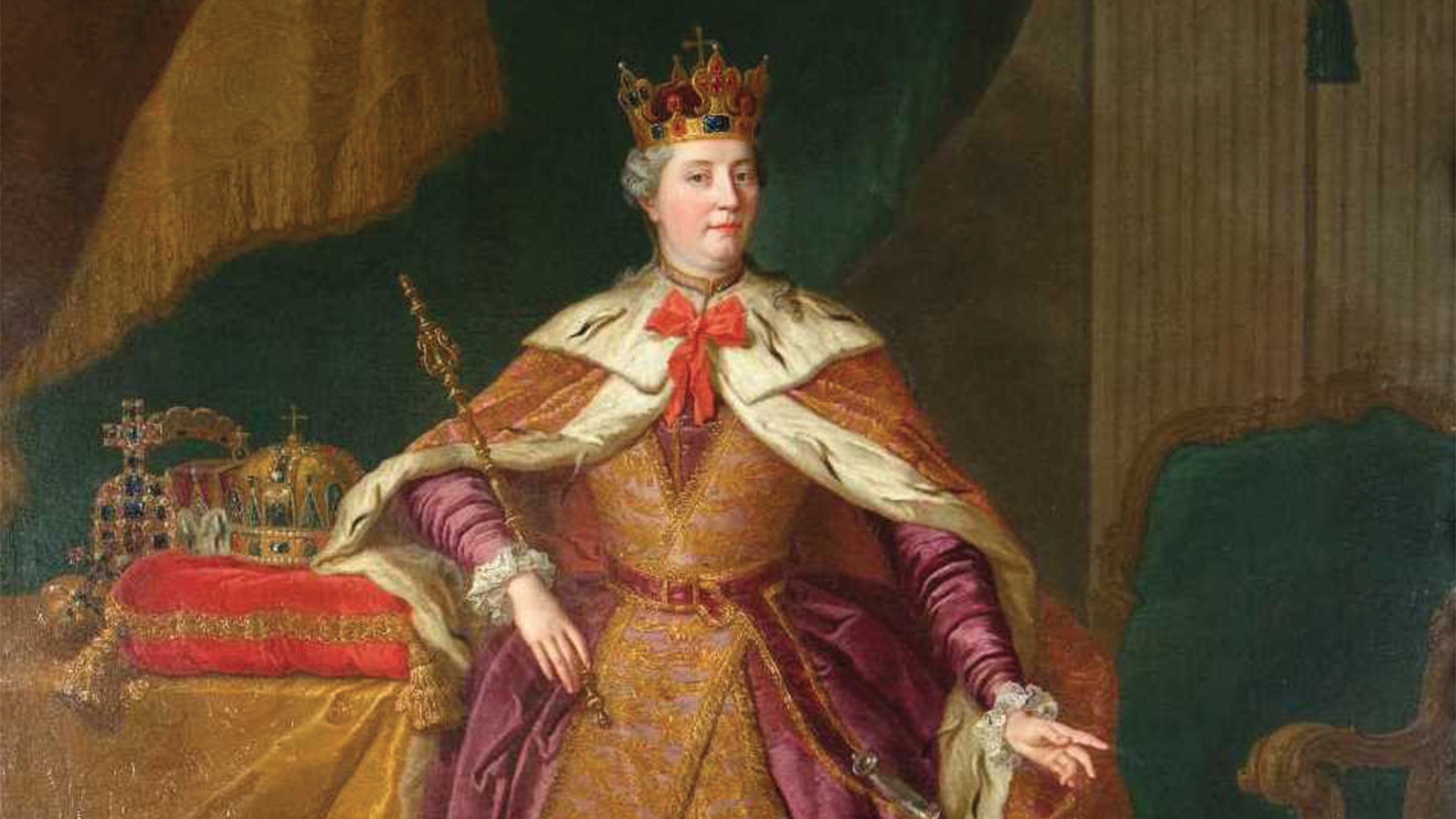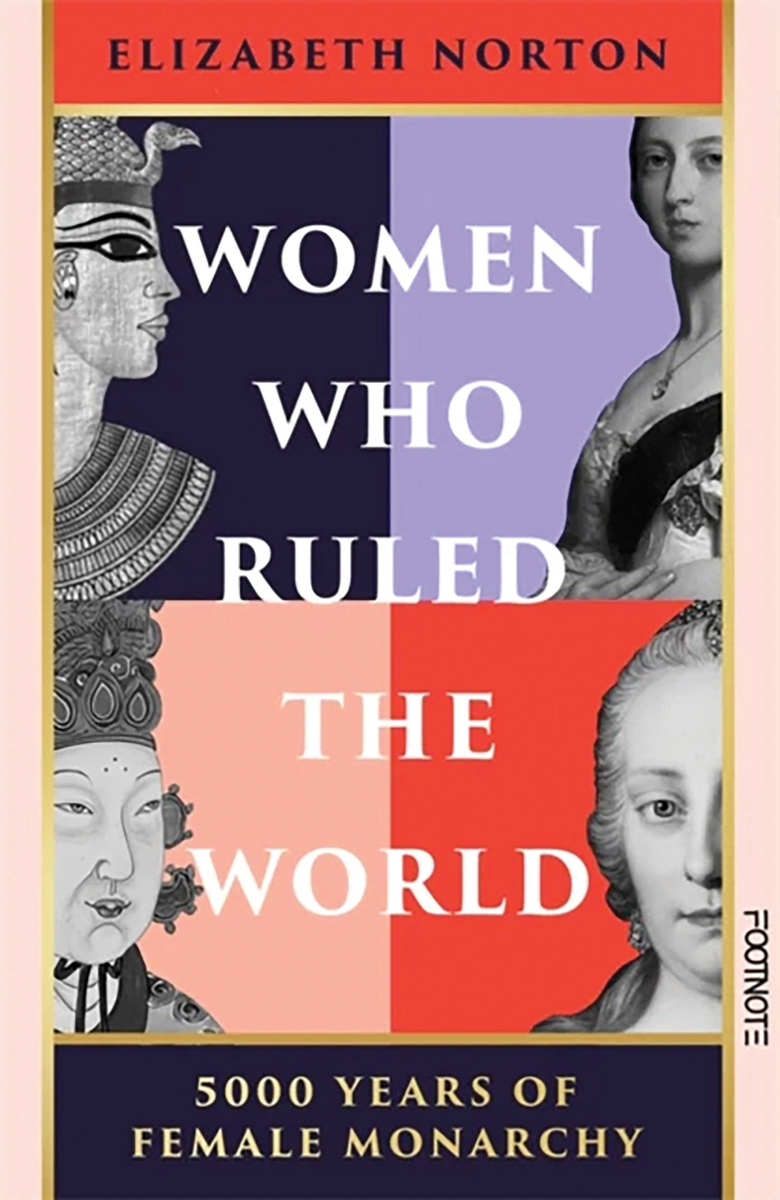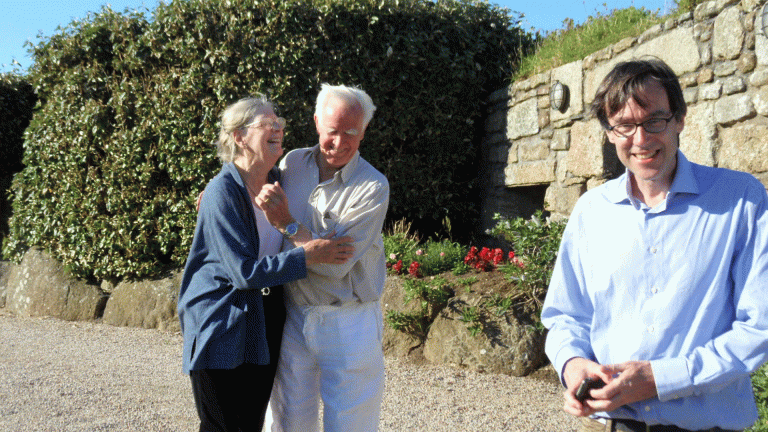After a years-long battle to secure her inheritance as heiress of the Austro-Hungarian monarchy, Maria Theresia arrived in Prague, the capital of what was then Bohemia, clutching the holy crown of St Wenceslas. Almost everyone assembled there agreed that she was indeed Bohemia’s rightful monarch, but they had never had a reigning queen before and there was no mechanism in place to accept one.
Finally, it was agreed that they would simply declare Maria Theresia to be a man, crowning her as king of Bohemia on 12 May 1743. She had similarly been crowned as king of Hungary two years before, with this ceremonial change of sex a neat solution to the problem of a female heiress.
There have been female monarchs for at least 5,000 years in various places across the globe, although they remain rare and, until the mid-20th century, largely unwelcome. In Women Who Ruled the World: 5,000 Years of Female Monarchy I wanted to look at how these women coped with a role that very much flew in the face of the patriarchal norms of the planet. I also wanted to bring their stories into view.
The first elected female heads of government (prime ministers) only begin to appear in the 1960s. The world’s first directly elected female head of state (president), Vigdís Finnbogadóttir of Iceland, is still alive. If we want to look at the history of female power before the late-20th century, we have to look at reigning queens. As the head of state themselves, unlike regents or consorts, they had no one to hide behind: it was their face on the coins.
Get the latest news and insight into how the Big Issue magazine is made by signing up for the Inside Big Issue newsletter
Some of the women featured in the book are household names, such as Catherine the Great, the German princess who took the crown of Russia in 1762 in a nighttime coup that removed her inept husband from the throne. Elizabeth I of England (r.1558–1603) was particularly adept at propaganda, presenting herself to the world as a flawless, unchanging, virgin queen (“She did not look ugly,” one contemporary unkindly put it a year before her death “when seen from a distance”).






